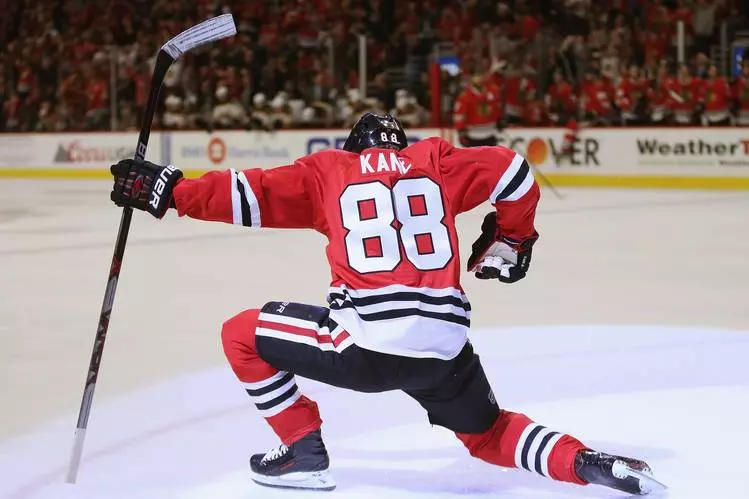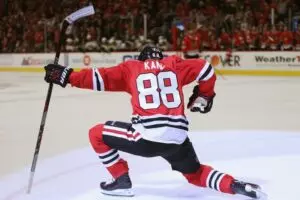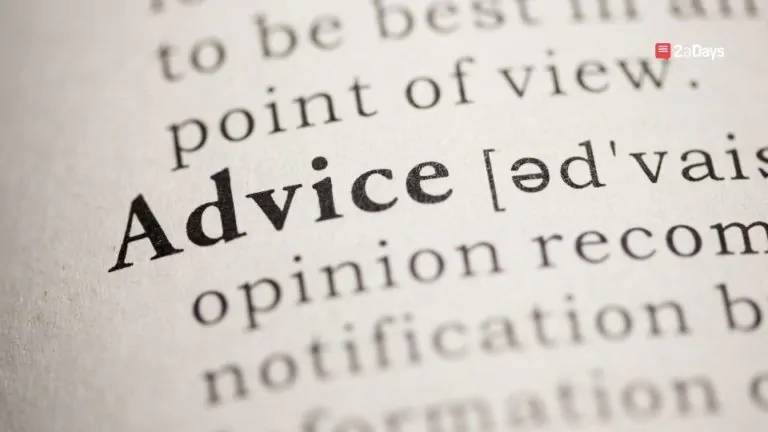Many hockey players' dreams of playing in a top Division I program; however, playing hockey in college has become very competitive. Getting recruited is a long process that often starts off early in one's high school years. This then has young men and women anxiously awaiting contact from a college hockey coach. Given this is not always an easy time, here are some tips that might help during this process.
5 College Hockey Recruiting Tips
- Play as much as hockey as possible. Play at school and on a club team. Doing so will increase your chances of getting noticed and will increase your level of play.
- Go to camps and showcases, but don't overdo it. You will have the opportunity to gain a coach's attention, but keep in mind that coaches mainly want to see how you interact with your team during practices and games. The Beantown Classic is an excellent showcase; the majority of ice hockey coaches attend.
- Do your part during the recruiting process. Reach out as early as freshman or sophomore year if possible. Filling out questionnaires is always a good way to get your name on their “list.” Do unofficial visits. Please make sure you are serious about the school because coaches will know, therefore don't be afraid to ask questions because this shows them that you are interested.
- Don't be afraid to ask where you stand on the coach's list. This is never a bad thing, and it gives you a sense of how serious they are about you. Also, talk to your college counselor or coach about the realities of attending the school of your choice. They will give you their professional opinion, but don't rule out following your gut because they can be biased occasionally based on whom they know and their own experience.
- Be open to doing a post-grad year at a prep school. There are many NEPSAC (New England Preparatory School Athletic Council) that provide a top education. You will need to keep your GPA, SAT/ACT at the eligibility level. Know the NCAA Division I requirements, which will affect if you are considered a full qualifier, an academic redshirt, or a non-qualifier for athletics aid, practice, and competition. Your GPA needs to be 2.3 or above in order for you to be eligible to play in the NCAA. The GPA requirements on the sliding scale have gone up as well. You must complete 10 of your 16 core courses before your senior year of high school, and you will not be allowed to retake any of your ten core courses before your senior year for a higher score.
Even though it's the same sport and the same dream, some men's and women's recruiting tips are a little different.
Here is a tip for men's hockey players: Be patient. Some players might commit at 15 years old, and some will commit at 21. Depending on your goals, going Division III can be a great option. It's easier to balance your social, academic, and athletics in a DIII school. If you are not getting recruited by the coaches that you want, then playing juniors, will give you about two extra years to be more marketable. Make sure that you understand the tier system.
The USHL is the only Tier 1 hockey league in the US. It is the highest level of junior competition in the country. It has many benefits, such as no cost for equipment or playing, housing, top-quality facilities, good ratio between games and practices, and it has top-notch coaches and staff. Players are usually between 17 and 19 years old, maintain their college hockey eligibility, and are heavily scouted by college coaches.
The NAHL is the only Tier 2 league in the US. This league is competitively and beneficially a step lower than the USHL, but it is still a strong league that keeps the college eligibility for players. There are many more 20-year-olds on rosters. Division I and III teams scout it.
Most junior leagues in the US are Tier 3 leagues. There are 6 of them: EHL, NA3HL, USPHL, MJHL, MJHL, and NPHL. These are a step lower than the NAHL and are all pay-to-play leagues. They are not as highly scouted but still maintains their players' college eligibility.
If you decide to play in Canada, the top tier is major juniors, which encloses the QMJHL, OHL, and WHL, all completing the CHL. Once a player competes in one game of major juniors, they are no longer eligible to play in college. The Canadian junior hockey league currently holds 10 Junior A leagues across Canada, which are Tier 2. These maintain their players' college eligibility. Junior B, C, and D are Tier 3, and these leagues are less competitive and only produce some college hockey players.
Here is a tip specifically for women: Be open to your options. Make your decision depending on how much playing time you would have on each team and how this will affect you. Look at schools in all divisions while keeping these following statistics in mind. There are a total of 36 NCAA Division I programs, 8 Division II programs, and 52 Division III programs [1]. Women's hockey NCAA Division I teams can offer 18 scholarships, and Division II can offer 18 as well. Division III can not offer scholarship money, but if you are eligible for financial aid, the coach may help you get it. Also, Division I and Division II programs look to recruit and offer money to girls of a certain physique. They look for about a height of 5'4” or over with a weight of over 120 pounds.
Getting recruited to play college hockey will always be a long road to take. Now, making the right choices during the process is not always easy. These facts should help you be more open-minded to all of your options, like not being closed off to going Division III or telling your coach or counselor that you want to push for your dream school. the steps you take will lead you to make the biggest decision of your life, so you want to educate yourself as possible.
[1] http://www.uscho.com/team/
Photo Courtesy of www.wsj.com
* Originally published on June 16, 2016, by LRT Staff







